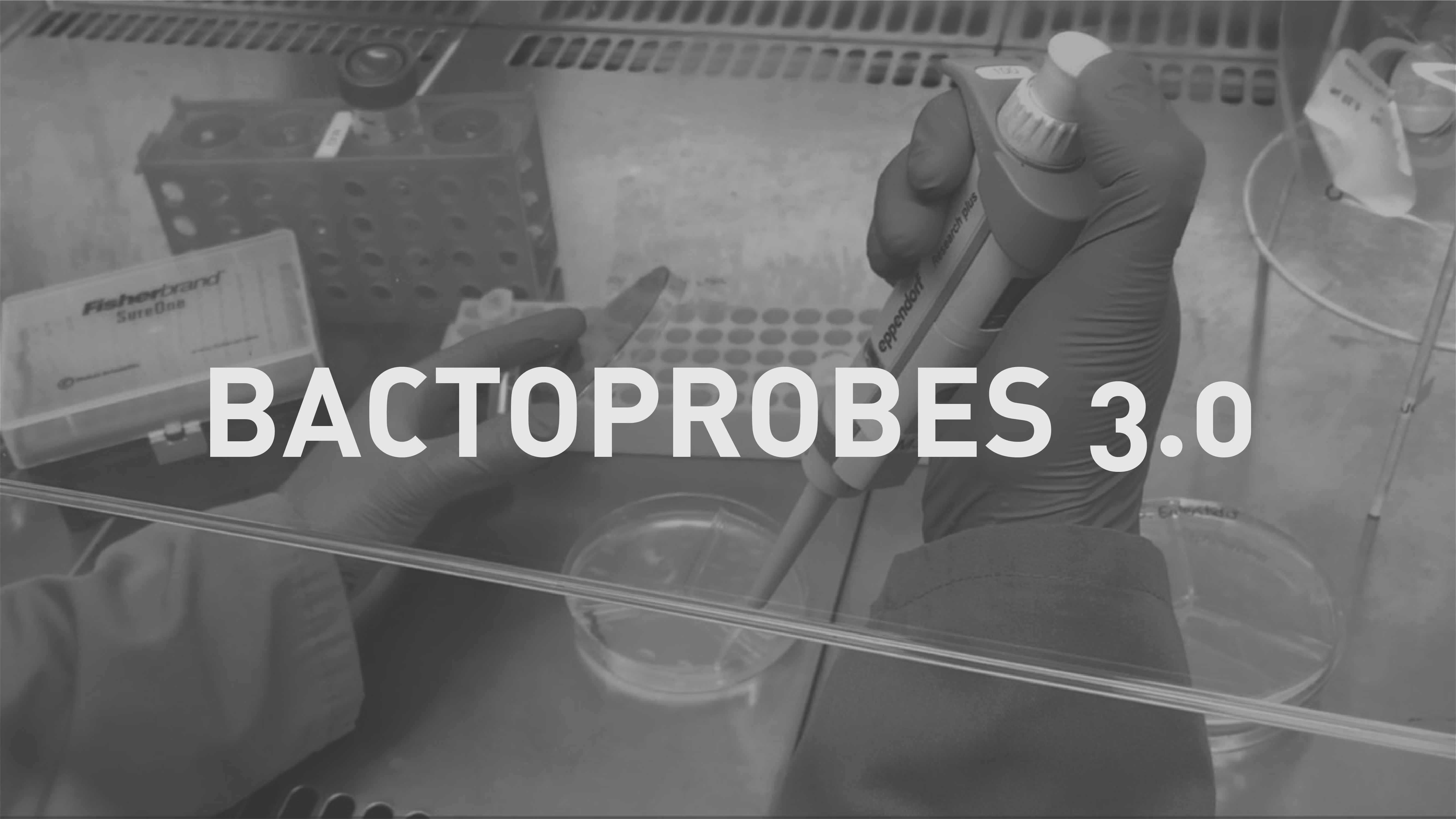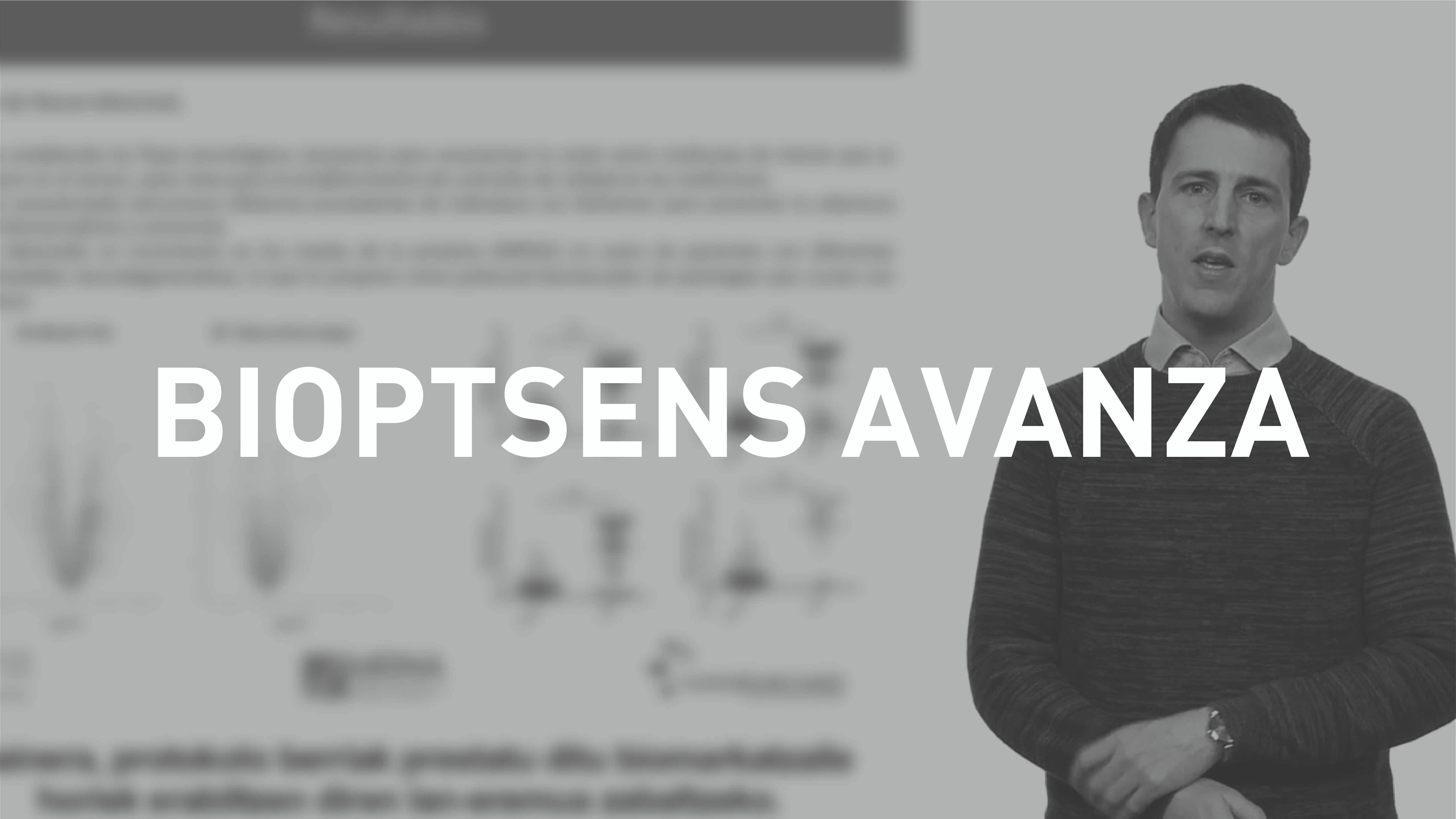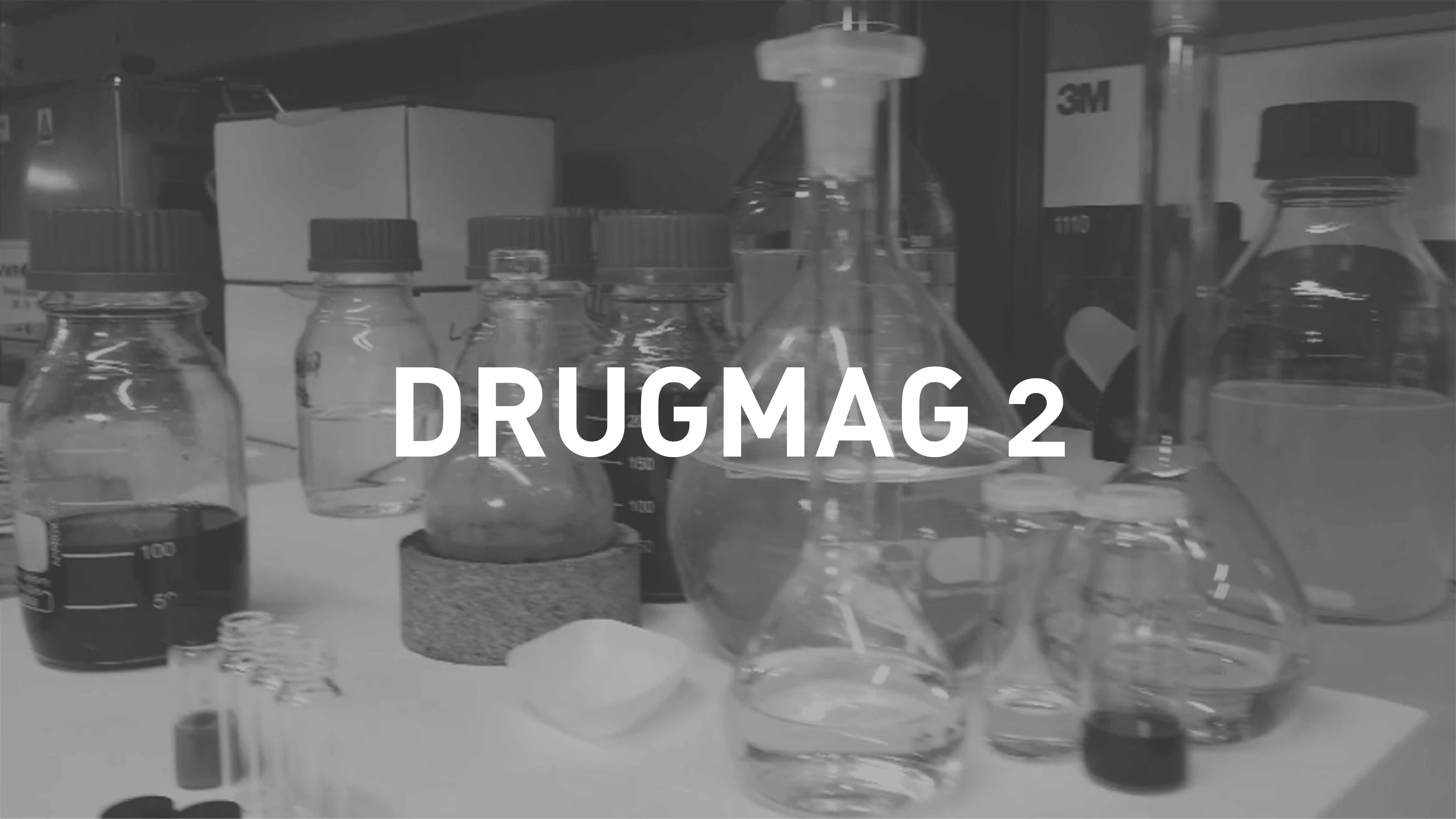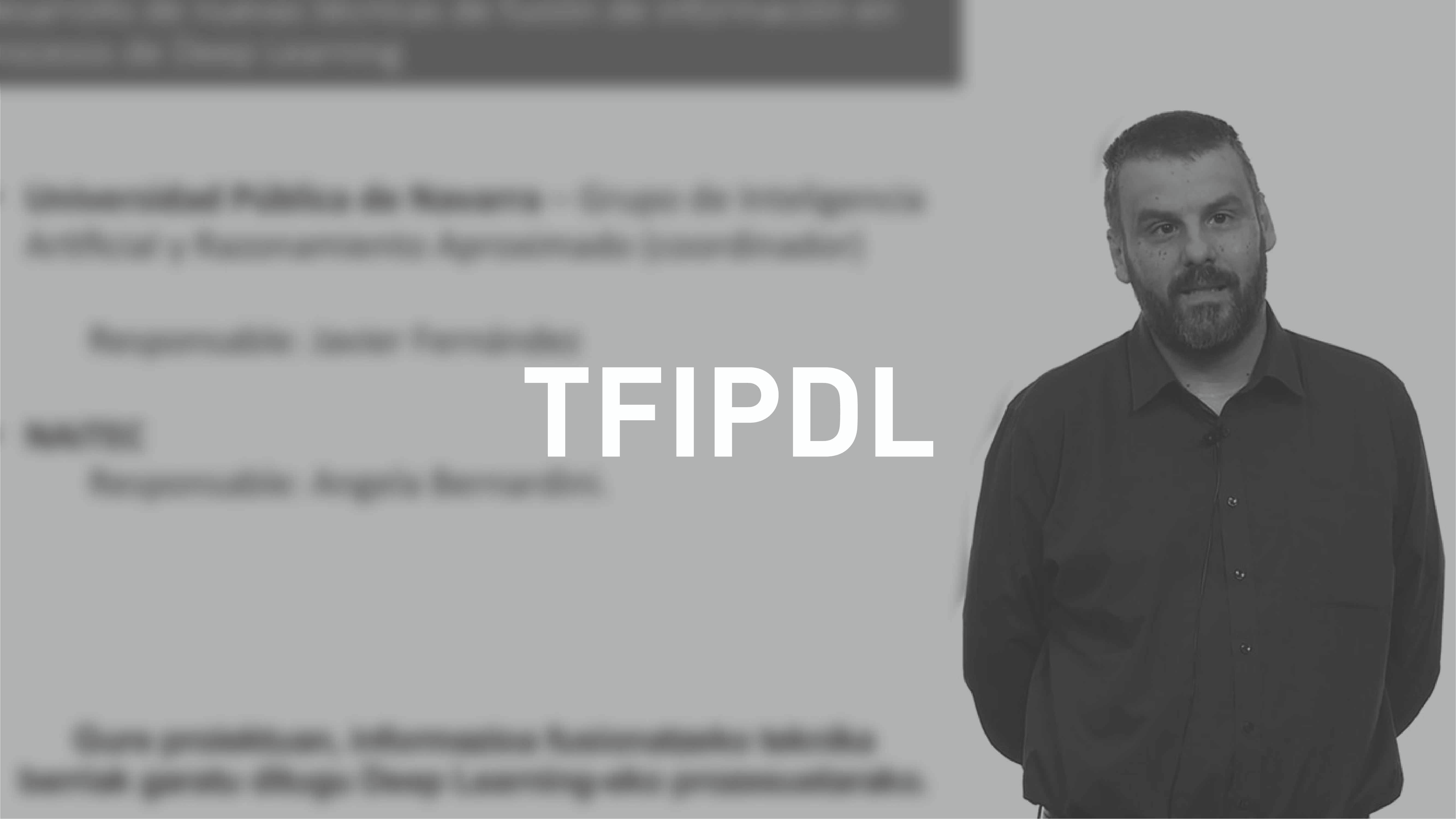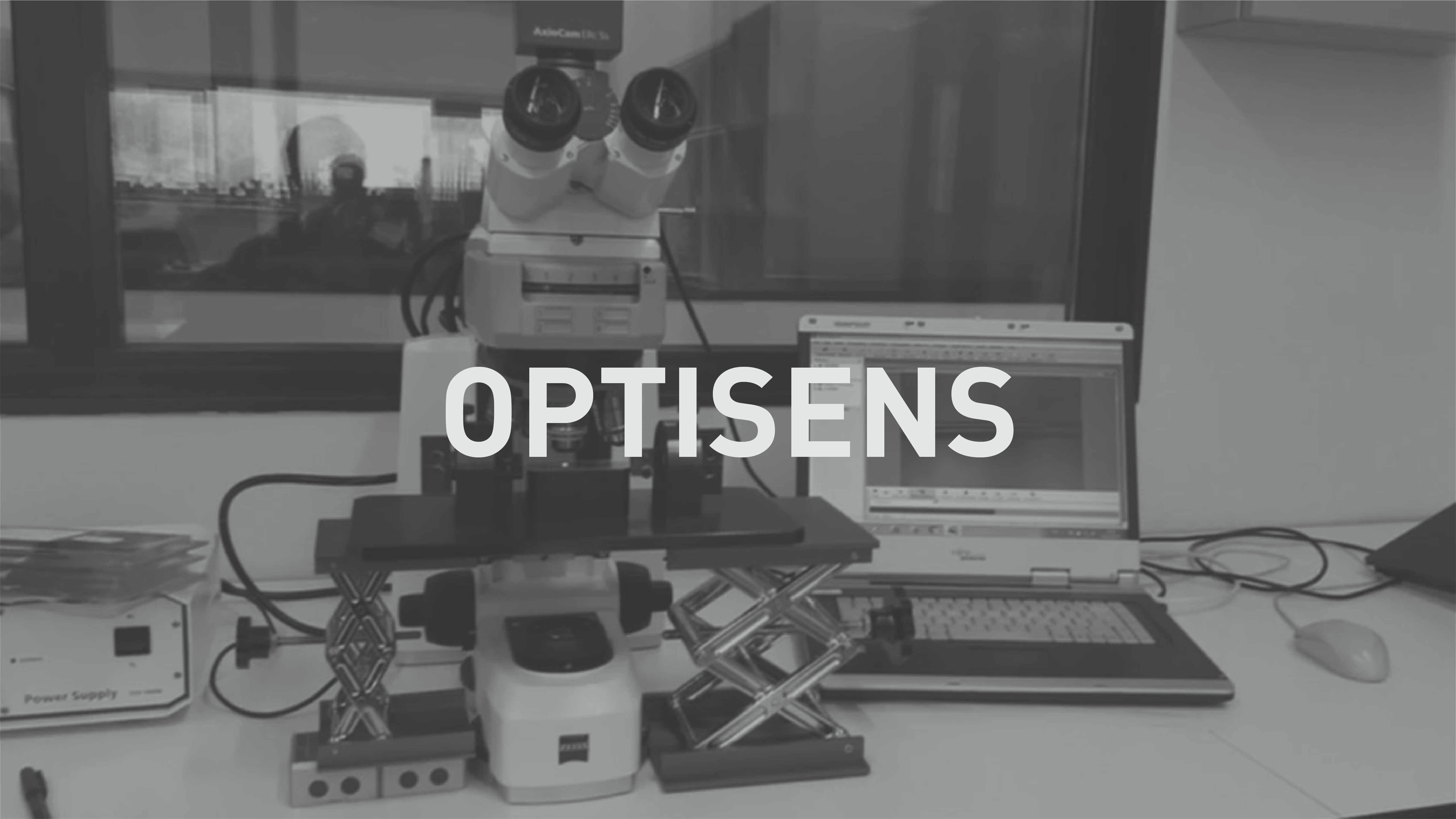The project has developed tools that can be used to identify animals infected with the orf virus. A multi-platform approach was taken that consisted of detecting the virus in pustules using molecular methods and serological reactions (antibody presence) using ELISA. We have thus shown the presence of antibodies in both animals with symptoms and infected animals in an asymptomatic phase.
Confirming orf in mouth lesions is necessary for a differential diagnosis with infections from different viruses, like papilloma, herpes, etc. So the traditional PCR methods developed in this project make it possible to diagnose lesions caused by orf without specificity problems.
A real time PCR strategy has been developed for quantifying virus in pustules or other kinds of samples, like cell culture supernatants.
Identifying infected animals is a fundamental strategy in implementing control programmes and keeping potentially dangerous animals from entering livestock farms. The project resulted in developing and fine tuning a serological method for identifying animals infected with the orf virus, with or without symptoms. This tool is the only one that can be used to detect infections in asymptomatic phases, making it possible to create preventive measures at a regional and herd level for importing animals.
As a whole, the CONECTIM (PC071-072 and PC052-053) project has contributed with the first genetic isolation and characterisation of strains of the orf virus, which causes orf, in our country. Furthermore, we have shown the presence of antibodies in the blood of infected animals through developing an ELISA that can identify infected animals. The availability of isolates has let us preliminarily establish cell cultures for replicating the virus and doing PCR studies and sequencing, with which we have characterised the first orf sequences in our area. The genetic characterisation has revealed the presence of virus similar to the ones previously described in Germany and the United States. Lastly, obtaining the first complete sequences of the orf virus makes future studies for identifying diagnostic and therapeutic targets and vaccination certain.



